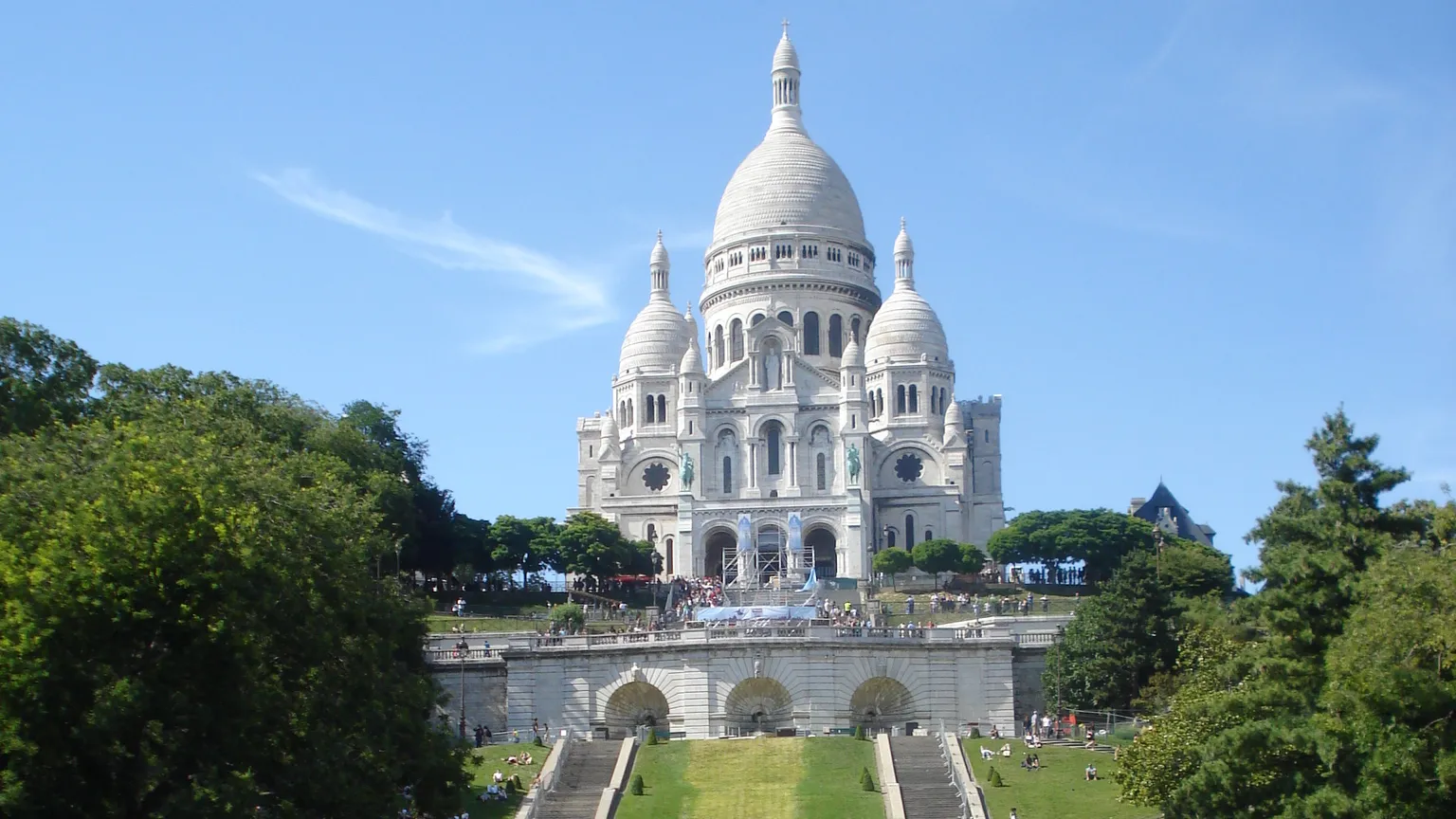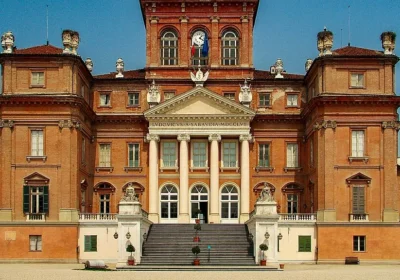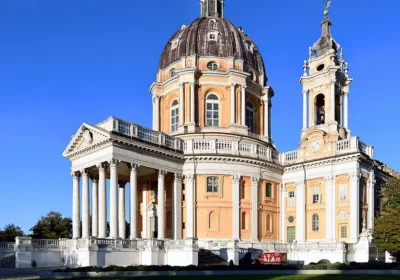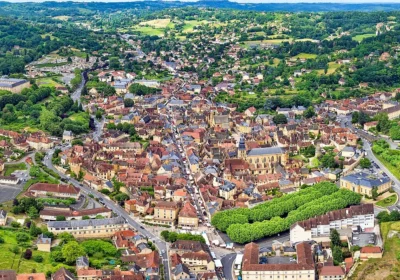A Roman church stood on the hill as early as the 2nd century. In the 3rd century, the first bishop of Paris, St. Dionysius, who became the patron saint of French royal dynasties, was beheaded here. It was on the site of this execution, 13 centuries later, that Ignatius Loyola founded the Jesuit order.
n
Until the end of the XVIII century. on the hill were quarries, where limestone was extracted, whence a large number of mills, processing the extracted raw materials, and some names, such as the square and the street Blanche – “white”, because everything was covered in this area of whitish dust … Quarries closed, the mills began to turn into restaurants and cabarets, and Montmartre – the center of bohemian life. In the middle of the XIX century, a new era began here, associated with the names of Heine, Offenbach and called the Belle Epoque.
n
It is curious that until this time, i.e. until the middle of the XIX century. Montmartre remained a village on the outskirts of Paris. And up to now its central square Tertre (Place du Tertre) retains typical features of a village square – a square with the building where the mayor’s office was located and the church of St. Peter (église Saint-Pierre-de-Montmartre). It preserves columns from the pagan church of the II century. and the tomb of Queen Louise of Savoy (XII century.), who founded here a female Benedictine convent. In the XVII century, it was in this monastery that the Catholic cult of the Sacred Heart of Christ (Basilique du Sacré Cœur) was born, to which the cathedral of the same name was dedicated at the beginning of our century.
n
Many famous people are buried in the Montmartre cemetery: Wenceslas Nijinsky, Alexander Dumas-son, Heinrich Heine, Hector Louis Berlioz, Edgar Degas, Jacques Offenbach and others. But to this day are still alive cafes and houses that saw not only them, but also the entire literary and artistic world of Paris at the turn of the XIX and XX centuries.
n
The famous vineyards of Montmartre have been preserved on the slopes of the hill, next to which there are houses covered with grapes and ivy. Auguste Renoir, Vincent Van Gogh, Paul Verlaine, Pablo Picasso lived here… Now thousands of tourists admire the picturesque corners, street artists, clowns, jugglers… It seems that Montmartre has turned into a huge open-air theater, where instead of a buffet and lobby – famous cabarets and restaurants, theaters, discos, museums….
n
From the observation deck, which is the highest place in Paris, there is a mind-boggling view of the city: the Cathedral of Our Lady of Paris, the Opera, the Louvre, the Musée d’Orsay, Place de la Concorde, the Arc de Triomphe, the Eiffel Tower – the whole city lies before you.
n
At the foot of the hill is one of the centers of the city’s nightlife – lav – and peep shows, sex shops, bars with girls, erotic museum, erotic theaters.
n
There is also a number of famous cabarets: Moulin Rouge, New Eve, Lapan Agil, etc. Among the restaurants – many famous for their choice of seafood, there are also theaters, discos …

















